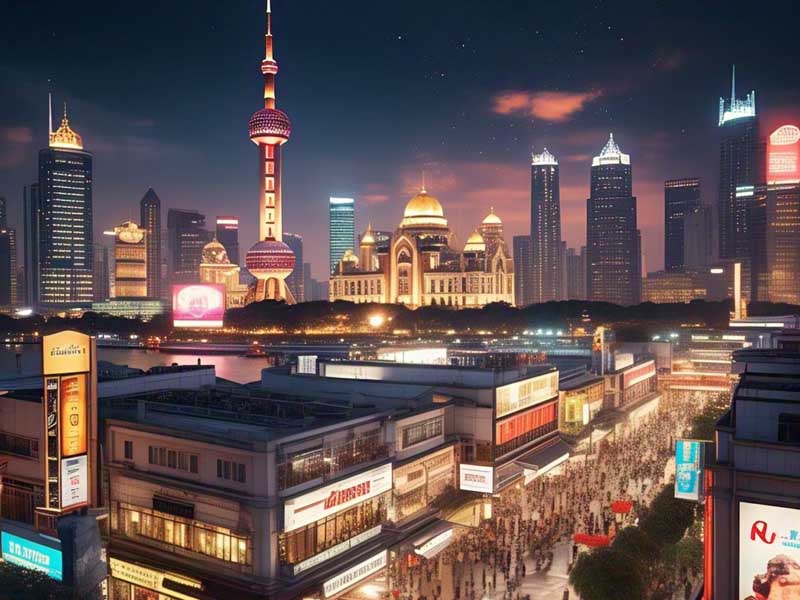
Resilienceapac – Middle class expansion in the Asia-Pacific region is reshaping economic dynamics, driven by favorable demographic trends. With a young and growing workforce, many countries in the region are experiencing rapid urbanization, rising incomes, and improved education levels. These factors are creating a strong foundation for sustained economic growth, as millions move out of poverty and into more stable financial conditions.
Asia-Pacific’s demographic advantage is particularly evident in countries like India. Where a large youth population is entering the workforce, and in China, where urbanization continues to drive wage increases. Southeast Asian nations, such as Indonesia and Vietnam, are also experiencing significant shifts, with a growing number of households joining the middle-income bracket. This transformation is not only boosting domestic economies but also positioning the region as a key driver of global demand.
“Will Caught in a Bribery Scandal!”
The rise of the middle class in Asia-Pacific is fueling unprecedented demand across various sectors. From consumer goods to financial services and technology. As disposable incomes increase, spending patterns are shifting towards higher-quality products, better healthcare, and enhanced leisure activities. This shift is creating vast opportunities for businesses looking to tap into one of the fastest-growing consumer markets in the world.
In China, the middle class is driving a surge in e-commerce, luxury goods, and domestic tourism. While in India, there is a growing appetite for automobiles, real estate, and digital financial services. Southeast Asia, with its rapidly expanding digital economy, is seeing a boom in online shopping, entertainment, and fintech adoption. These changes reflect a broader economic shift where middle-class consumption is becoming a key engine of growth.
Despite the optimism surrounding middle class growth, challenges remain. Economic inequality, rising living costs, and geopolitical uncertainties could slow the momentum in some areas. Additionally, the need for infrastructure development, job creation, and sustainable policies is crucial to ensuring that middle-class expansion remains inclusive and resilient.
However, opportunities abound for businesses and policymakers who can adapt to the evolving landscape. Companies investing in innovation, digital transformation, and localized strategies will be well-positioned to benefit from the rising middle-class economy. At the same time, governments that implement policies to support education, entrepreneurship, and social mobility will play a critical role in sustaining long-term growth.
With the middle class continuing to rise, Asia-Pacific remains a region of immense potential. Shaping the future of global markets and economic development.
“RI-EU Agree on Vision, Accelerate IEU-CEPA Negotiations”
Resilience APAC: Asia-Pacific Hub for Reform reports the growing shift toward value-based care industry impact as healthcare systems move from…
Resilience APAC: Asia-Pacific Hub for Reform reports that africa cape route shipping is no longer a temporary fix but a…
Resilience APAC: Asia-Pacific Hub for Reform menyoroti bagaimana digital twins untuk industri mengubah cara pabrik, energi, dan logistik merancang, mengoperasikan,…
Resilience APAC: Asia-Pacific Hub for Reform shows how green hydrogen industrial use is accelerating across Asia-Pacific through ambitious industrial projects…
Resilience APAC: Asia-Pacific Hub for Reform supply chain leaders now use digital twins cargo flows to test shipping scenarios, reduce…
Resilience APAC: Asia-Pacific Hub for Reform Heightened maritime disputes and shifting trade policies have intensified geopolitical risks impacting supplychains across…